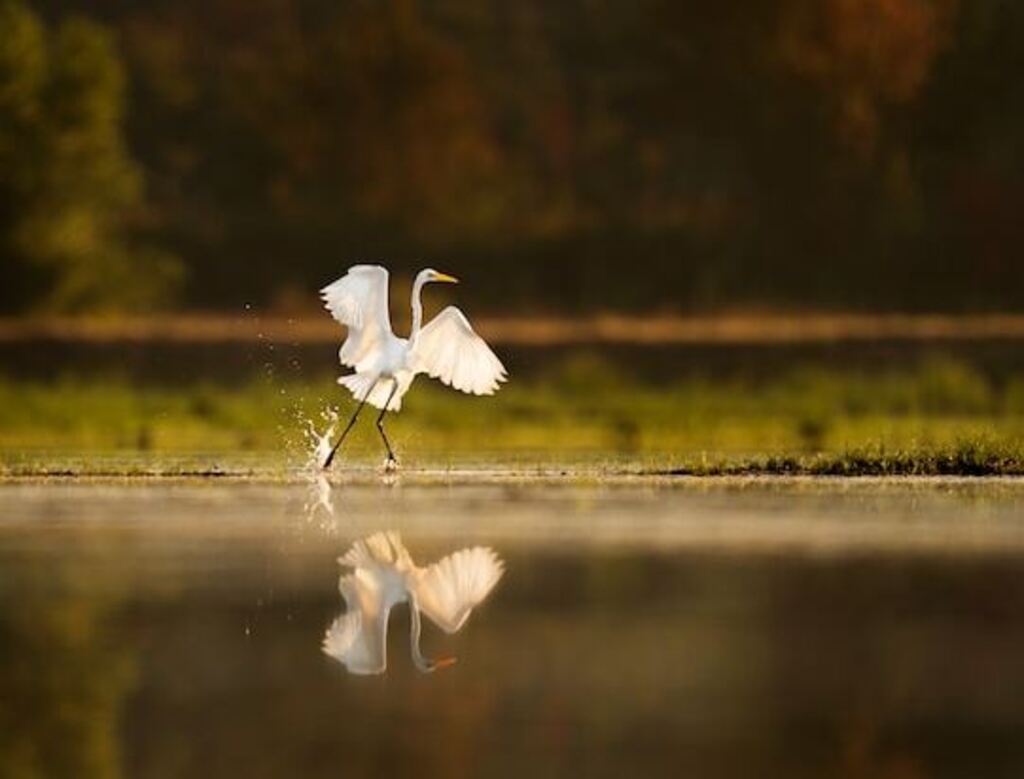“Can Birds Fly Without Feathers? Feather your curiosity and get ready for some high-flying fun as we embark on a winged adventure!
Short answer: It’s time to debunk myths, explore feathery facts, and discover whether our avian friends can soar to the skies without their fluffy plumes. Prepare for a feather-flapping revelation!”
Table of Contents
- 1 Key Takeaways
- 2 What is the Purpose of Feathers for Birds?
- 3 Why Do Birds Need Feathers to Fly?
- 4 How Do Feathers Help Birds Fly?
- 5 Can Birds Fly Without Feathers?
- 6 What Research Has Been Done on Birds Without Feathers?
- 7 What Happens to Birds Without Feathers?
- 8 What Are the Implications of Birds Without Feathers?
- 9 What Are the Advantages and Disadvantages of Flying Without Feathers?
- 10 What Are the Implications of Flying Without Feathers?
- 11 Conclusion: Summary of What We Know About Flying Without Feathers
- 12 FAQ’s: Can Birds Fly Without Feathers?
- 12.1 1. Can birds fly without feathers?
- 12.2 2. Do birds need feathers to soar?
- 12.3 3. Can birds fly without tail feathers?
- 12.4 4. What happens if a bird loses its feathers?
- 12.5 5. Can birds fly with damaged feathers?
- 12.6 6. How do feathers help birds stay warm?
- 12.7 7. What is the purpose of feathers in bird flight?
- 12.8 8. Can bald eagles fly without feathers?
- 12.9 9. Do baby birds need feathers to fly?
- 12.10 10. Are there any birds naturally without feathers?
- 13 Reputable Sources for Bald Eagle Mating Behavior
- 14 Author
Key Takeaways
- Birds generally require feathers to fly efficiently as they provide lift, balance, and insulation.
- In some cases, birds without feathers can still attempt flight, but it is less efficient and poses risks.
- Feathers are essential for birds to soar, glide, and maintain proper body temperature.
- Birds without feathers are vulnerable to hypothermia, dehydration, and predation.
- Research on birds without feathers is limited, but it highlights the importance of feathers in their ability to fly effectively.
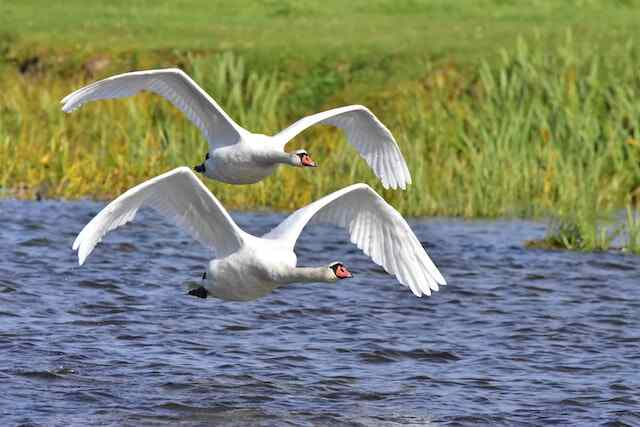
What is the Purpose of Feathers for Birds?
The purpose of feathers for birds is multifaceted. Feathers aid in flight, insulation, communication, and courtship displays. They provide lift, help regulate body temperature, and protect from weather elements.
Feathers’ colors and patterns play roles in attracting mates and identifying species. Overall, feathers are vital for birds’ survival and thriving in their environments.
Why Do Birds Need Feathers to Fly?
Birds need feathers to fly because they provide lift and insulation. They are lightweight and flexible and provide a smooth airfoil shape that enables the bird to fly.
Feathers also provide warmth and help the bird stay dry in the rain. They protect birds from the elements and help them to regulate their body temperature.
The feathers also help the bird maintain its balance while in flight, allowing it to maneuver more easily and quickly.
Feathers are essential for birds to be able to soar and glide, enabling them to stay aloft for long periods of time.
In addition, the feathers help the bird stay hydrated by preventing evaporation of water from the bird’s body. All of these factors make feathers a key part of a bird’s ability to fly.
How Do Feathers Help Birds Fly?
Feathers play an essential role in helping birds fly. They provide a lightweight layer of insulation that helps keep a bird warm and dry.
The shape and size of the feathers also help birds to generate lift, which is the force that pushes the bird upward as it moves through the air.
Feathers also help a bird to steer and maneuver in the air. The feathers on a bird’s wings and tail act like mini airfoils, creating lift as air passes over them.
This allows birds to change direction quickly and easily. The feathers also help a bird to increase its speed by creating drag, which is the force that opposes the bird’s movement through the air.
By increasing the amount of drag, a bird can move faster and more efficiently.
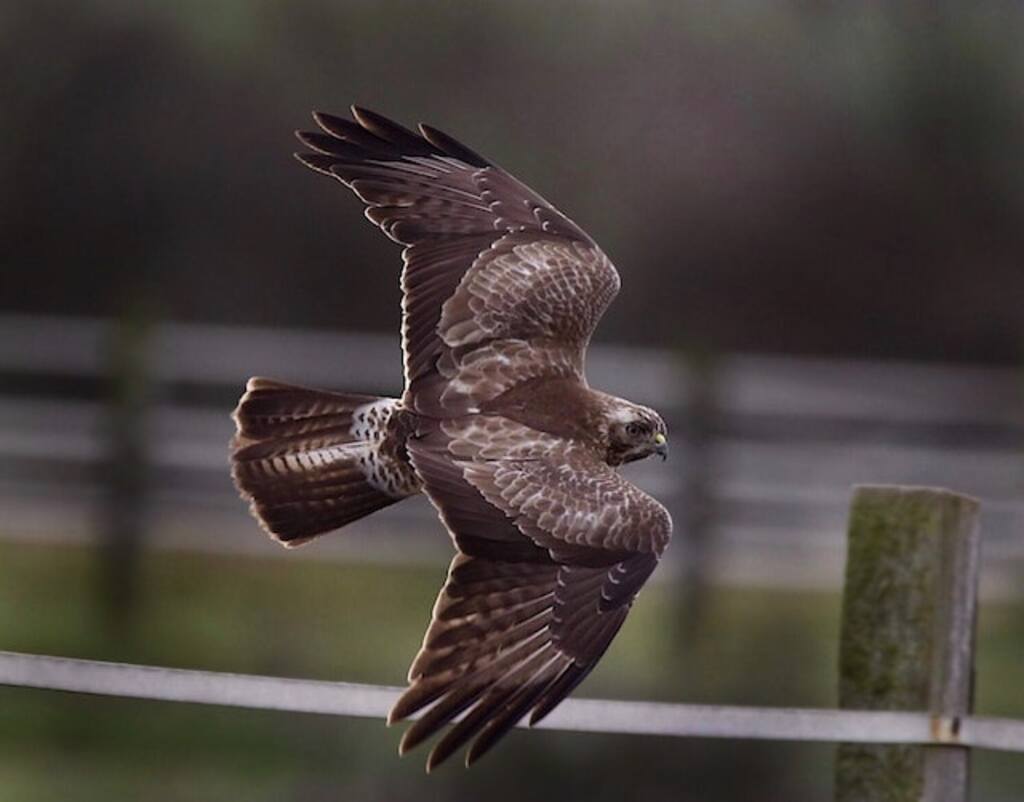
Can Birds Fly Without Feathers?
It’s a common question for bird-lovers: can birds fly without feathers? The answer is not straightforward, and there have been a few experiments done on the matter.
To understand the answer, it’s important to first look at why birds have feathers and how they help them fly.
Feathers help birds stay warm, and also help them fly by providing lift and allowing them to create an airfoil. Without feathers, birds wouldn’t be able to stay warm or fly.
So, can birds fly without feathers? The answer is yes and no.
In some cases, birds without feathers can fly. For example, there have been instances of vultures that have lost their feathers due to mites or other parasites being able to fly.
The birds can still use their wings to create lift and fly, though it’s not as efficient as when they had feathers.
However, birds without feathers are not able to fly like normal birds. Their wings are not as efficient, meaning they won’t be able to fly as far or as fast.
Furthermore, they are at risk of hypothermia since they don’t have feathers to keep them warm. So, while birds without feathers can fly, it’s not as efficient or as safe as when they have feathers.
It’s important to remember that birds need feathers to fly properly, and that any birds without feathers should be taken to a vet or wildlife rescue for proper care.
What Research Has Been Done on Birds Without Feathers?
When it comes to understanding the capabilities of a bird without feathers, research is limited. In recent years, scientists have done some experiments to gain a better understanding of whether birds can fly without feathers.
One study, which was conducted on quail, found that when the birds had their feathers plucked, they still attempted to fly, but with limited success.
The research showed that the birds were able to sustain flight for only a few seconds before they descended to the ground.
This suggests that without feathers, birds would be unable to fly for long distances or at high speeds. Other studies have also been conducted on chickens and ducks, with similar results.
The research showed that a bird without feathers would be able to take off and fly short distances, but they would quickly tire and be unable to sustain flight.
What Happens to Birds Without Feathers?
When a bird is born without feathers or loses its feathers due to injury or illness, it is unable to fly. Without the protection of feathers, these birds are at a much higher risk of danger from predators.
They are also unable to regulate their body temperature, so they are more vulnerable to extreme weather conditions.
Additionally, the lack of feathers makes it difficult for them to keep their bodies dry, and they may become susceptible to bacterial and fungal infections.
Furthermore, without feathers, birds cannot court or mate as they are unable to display the intricate patterns of their species.
As a result, these birds are often unable to reproduce and their population numbers can decline.
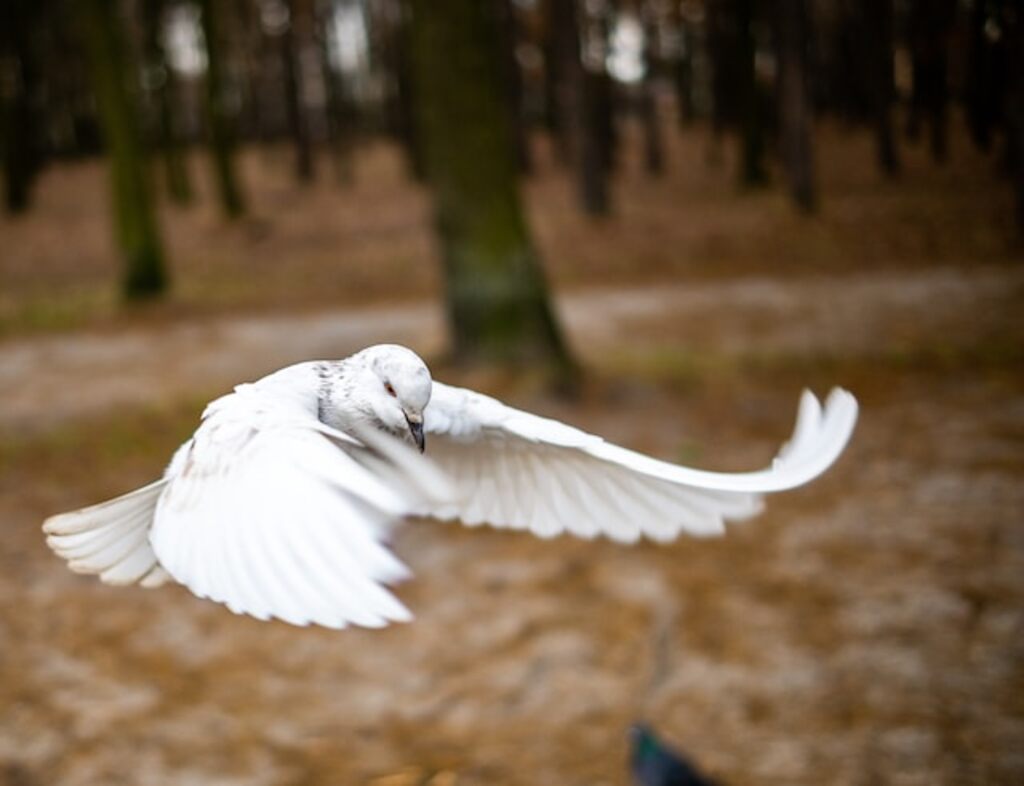
What Are the Implications of Birds Without Feathers?
When it comes to the implications of birds without feathers, it is important to consider the role that feathers play in the overall health and well-being of birds.
Feathers are the primary source of insulation, protection, and flight for birds, and without them, birds are at risk of hypothermia, dehydration, and predation.
Without feathers, birds can no longer fly, which means they are unable to migrate, forage, and find new sources of food and shelter.
Additionally, birds without feathers are more vulnerable to disease, as they do not have the same protection from bacteria, parasites, and other pathogens.
Furthermore, without feathers, birds are more exposed to environmental changes, such as changes in temperature, humidity, and wind, which can have a significant impact on their health.
In summary, birds without feathers are at a significant disadvantage, and the implications of this are far-reaching.
What Are the Advantages and Disadvantages of Flying Without Feathers?
When it comes to the advantages and disadvantages of flying without feathers, there are a few things to consider.
On the plus side, flying without feathers could potentially make it easier for birds to maneuver in the air and reduce the amount of energy used to fly.
This could be a great benefit for bird species that travel long distances or need to soar for extended periods of time.
On the downside, without feathers, birds would be more susceptible to the elements, and their bodies would be more exposed to the wind and cold.
Additionally, without feathers, they would not be able to adjust their body temperature as easily, which could cause them to overheat in warmer climates.
Furthermore, birds with no feathers would have much less protection from predators, as their wings would be much more vulnerable.
Finally, flying without feathers would also reduce the structural integrity of a bird’s wings, making it more difficult for them to stay airborne.
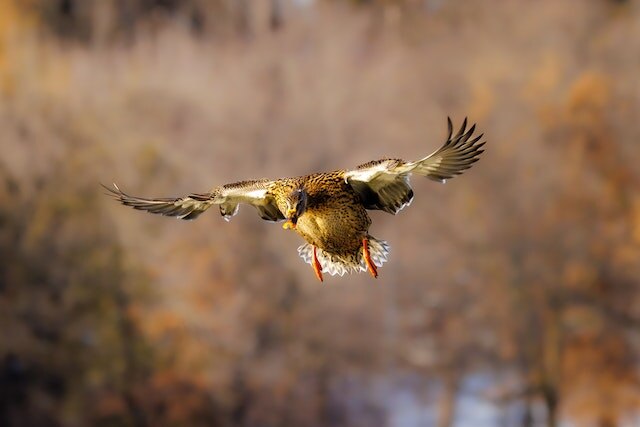
What Are the Implications of Flying Without Feathers?
When it comes to the implications of flying without feathers, there are both advantages and disadvantages.
On the one hand, birds without feathers would not have to expend as much energy to fly, as feathers are responsible for providing lift and drag resistance.
This could potentially make flying much easier for the bird.
On the other hand, without feathers, birds would be more susceptible to the elements, and may not be able to fly as high or as far as they could with feathers.
In addition, birds without feathers would have to rely on other means of insulation, such as fur or downy feathers, in order to stay warm.
So, while there may be some advantages to flying without feathers, there are also some potential drawbacks.
Ultimately, it is unclear what the implications of flying without feathers would be, as more research is needed in order to better understand the effects.
Conclusion: Summary of What We Know About Flying Without Feathers
In conclusion, we can say that birds are capable of flight without feathers, but it is not an ideal or preferred method for them.
The natural evolution of birds has equipped them with feathers that aid in their ability to fly, so without them, birds are unable to achieve the same level of aerodynamic efficiency.
Research has found that birds without feathers are more likely to suffer from fatigue and exertion, and their wings may even be more prone to damage.
The advantages and disadvantages of flying without feathers may be outweighed by the physical and mental impacts of the activity.
Ultimately, while some birds may be able to fly without feathers, this is not an ideal or recommended practice, and further research is needed to assess the full impacts of this activity.
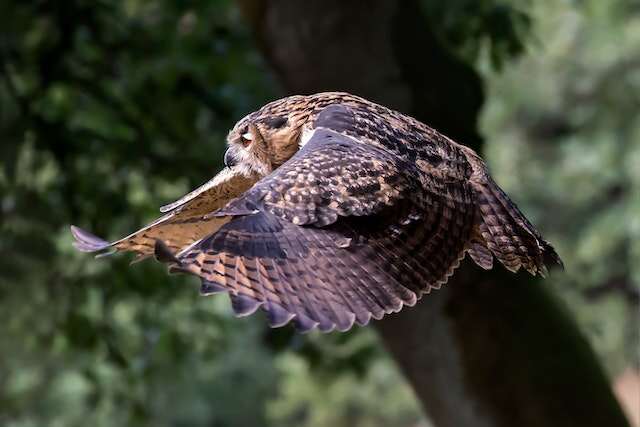
FAQ’s: Can Birds Fly Without Feathers?
1. Can birds fly without feathers?
Answer: Birds need feathers for efficient flight. Feathers provide lift, insulation, and balance, crucial for sustained flight. While some birds without feathers can still attempt flight, it is less effective, and they are more susceptible to risks like hypothermia.
2. Do birds need feathers to soar?
Answer: Yes, feathers are essential for birds to soar. They create an airfoil shape, generating lift and allowing the bird to stay airborne for extended periods. Feathers also aid in maneuverability, allowing birds to change direction and glide effortlessly.
3. Can birds fly without tail feathers?
Answer: Tail feathers play a critical role in bird flight, providing stability and steering. Without them, birds would have difficulty controlling their movements and would not be able to fly efficiently or navigate through the air.
4. What happens if a bird loses its feathers?
Answer: A bird without feathers faces multiple challenges. They are at risk of hypothermia, dehydration, and injury due to their compromised ability to fly and regulate body temperature. Feathers are crucial for a bird’s survival and overall well-being.
5. Can birds fly with damaged feathers?
Answer: Birds with damaged feathers may experience reduced flight efficiency, affecting their ability to soar or hunt for food. Over time, they may molt and grow new feathers, but until then, they might be limited in their flying capabilities.
6. How do feathers help birds stay warm?
Answer: Feathers act as insulation, trapping air close to the bird’s body, and reducing heat loss. This keeps birds warm even in colder climates. Without feathers, they would be more vulnerable to temperature changes and adverse weather conditions.
7. What is the purpose of feathers in bird flight?
Answer: Feathers are fundamental for bird flight as they provide lift and create an aerodynamic shape, allowing birds to stay aloft. Feathers also aid in reducing drag, making flight more efficient and less energy-consuming for the bird.
8. Can bald eagles fly without feathers?
Answer: Bald eagles, like other birds, need feathers to fly. Their impressive wingspan and feather structure enable them to soar gracefully through the skies. Without feathers, they would lose their ability to fly and their majestic appearance.
9. Do baby birds need feathers to fly?
Answer: Juvenile birds often have a mix of downy feathers and developing flight feathers. They require these feathers to achieve their first flights successfully. As they mature, their flight feathers grow, allowing them to fly more effectively.
10. Are there any birds naturally without feathers?
Answer: All birds naturally have feathers. Feathers are unique to birds and are a defining characteristic of the avian class. Feathers serve essential functions for birds, including flight, insulation, communication, and display.
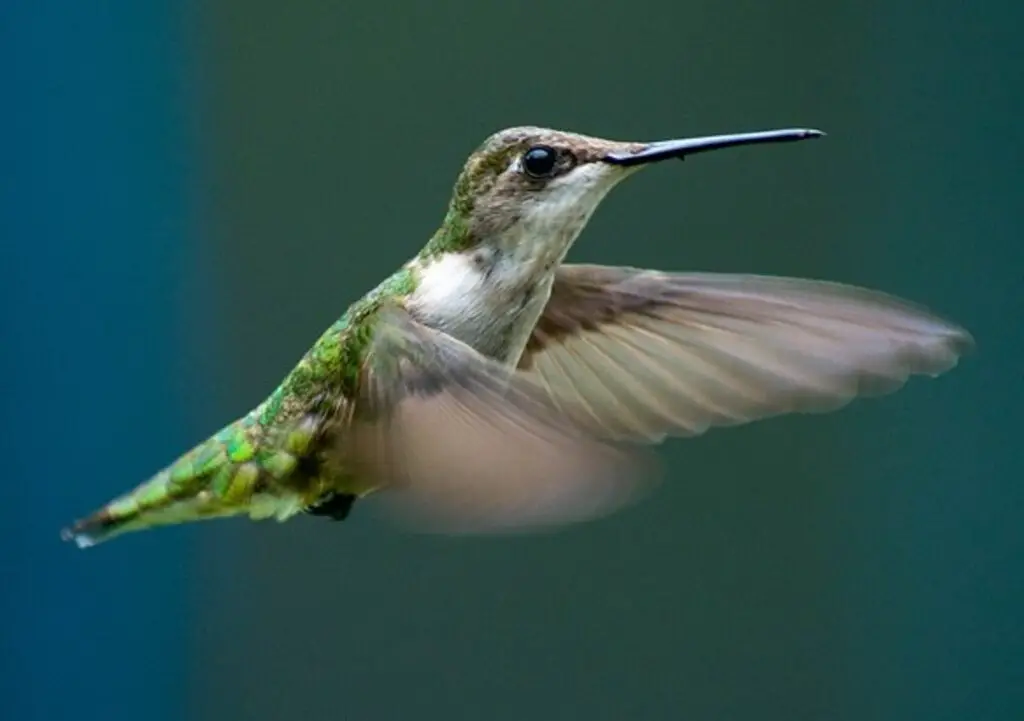
Reputable Sources for Bald Eagle Mating Behavior
- The Cornell Lab of Ornithology: Cornell’s Bird Academy is a reliable resource for bird-related information. The Cornell Lab of Ornithology website (https://www.birds.cornell.edu) offers a wealth of knowledge about various bird species, including bald eagles. They have detailed articles, research papers, and multimedia resources on bird behavior, breeding, and mating habits.
- The National Audubon Society: The Audubon Society is a renowned organization dedicated to the conservation of birds and their habitats. Their website (https://www.audubon.org) provides authoritative information on bald eagles and other bird species, including their breeding and mating behaviors.
- U.S. Fish and Wildlife Service (USFWS): The USFWS is responsible for the conservation and management of wildlife in the United States, including bald eagles. Their website (https://www.fws.gov) may have information on bald eagle behavior and mating habits based on scientific research and monitoring.
- American Eagle Foundation: The American Eagle Foundation (https://www.eagles.org) is an organization focused on the preservation and protection of bald eagles and other birds of prey. Their website may provide insights into bald eagle behavior and mating habits.
- Wildlife and Birding Forums: Participating in wildlife and birding forums can also be a great way to gather information from experienced bird watchers, ornithologists, and enthusiasts who may have firsthand knowledge or observations about bald eagle mating behavior. Websites like BirdForum (https://www.birdforum.net) and Reddit’s birding subreddit (https://www.reddit.com/r/birding) are popular platforms for such discussions.

